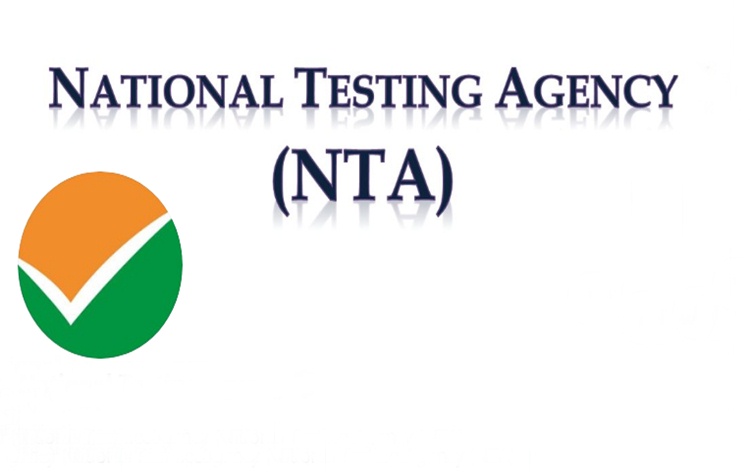In a big move, the UGC, announced Tuesday that starting April 2022, a Common University Entrance Test (CUET) will be held for all colleges affiliated to the 45 central universities under its aegis.
As such, it translates to a common admission test to undergraduate courses. The CUET will be conducted by the National Testing Agency (NTA). Application forms will be up on the NTA’s website in the first week of April and Class XII marks will be given no weightage in the 45 central universities admitting students to the UG courses via the CUET.
This was done to counter the “diversity” in the board marking schemes and make it a level playing field for all students. The NCERT Class XII syllabus will be prescribed for the subjects. Question papers will also be based on the model papers of the NCERT syllabus for Class XII.
“We recommend that practical exams and interviews also be conducted by the university as per the existing methods for skill-based and professional courses such as Fine Arts, Music and Theatre,” shared Prof M. Jagadesh Kumar, chairman, UGC.
He further stated: “A common test will reduce the financial burden and stress on both the students and the parents. It will also provide them with more opportunities to get admission into central universities, as envisaged in the National Education Policy (NEP) 2020,” said Prof Kumar. While the CUET will be conducted for both UG and PG programmes, it has not yet been made compulsory yet for the latter.
The CUET will have Section 1A, Section 1B, general test and domain-specific subjects. Section 1A, which will be compulsory, will be in 13 languages and candidates can choose the language of their choice. The options are English, Hindi, Assamese, Bengali, Gujarati, Kannada, Malayalam, Marathi, Odia, Punjabi, Tamil, Telugu and Urdu.
Section 1B is optional and for students who want to opt for another language apart from the ones that are a part of Section 1A. Some of the languages on offer are French, Arabic, German, etc, he added.
Under the domain-specific subjects, a candidate can choose up to a maximum of six domains that they wish to pursue at the undergraduate level, Mr Kumar said.
There are some universities that have general test as eligible criteria for admission to even domain-specific courses so that is a part of the CUET, he said.
The UGC chairman said the reservation policy of the universities will not be impacted due to the CUET. “The universities can enroll candidates for the general seats as well as for the reserved seats on the basis of CUET scores. It will not impact the existing admission and reservation policy,” he said. He also said there would not be any centralized counselling after CUET.
The CUET will be held in two shifts. In the first shift, candidates will be able to write one language, two domain-specific papers and the general test. In the second shift, candidates can write the remaining four domain-specific subjects and section 1B, Mr Kumar said.
Talking about the benefits of CUET, he said it will provide equal opportunities to students from across boards, especially to those from the northeast and rural areas.
Some of the 27 domain subjects, apart from the regular subjects, include Entrepreneurship, Knowledge Tradition and Practices in India, Teaching Aptitude, Agriculture, Fine Arts, Sculpture, Performing Arts, Sanskrit, Accounting and Engineering Graphics.












